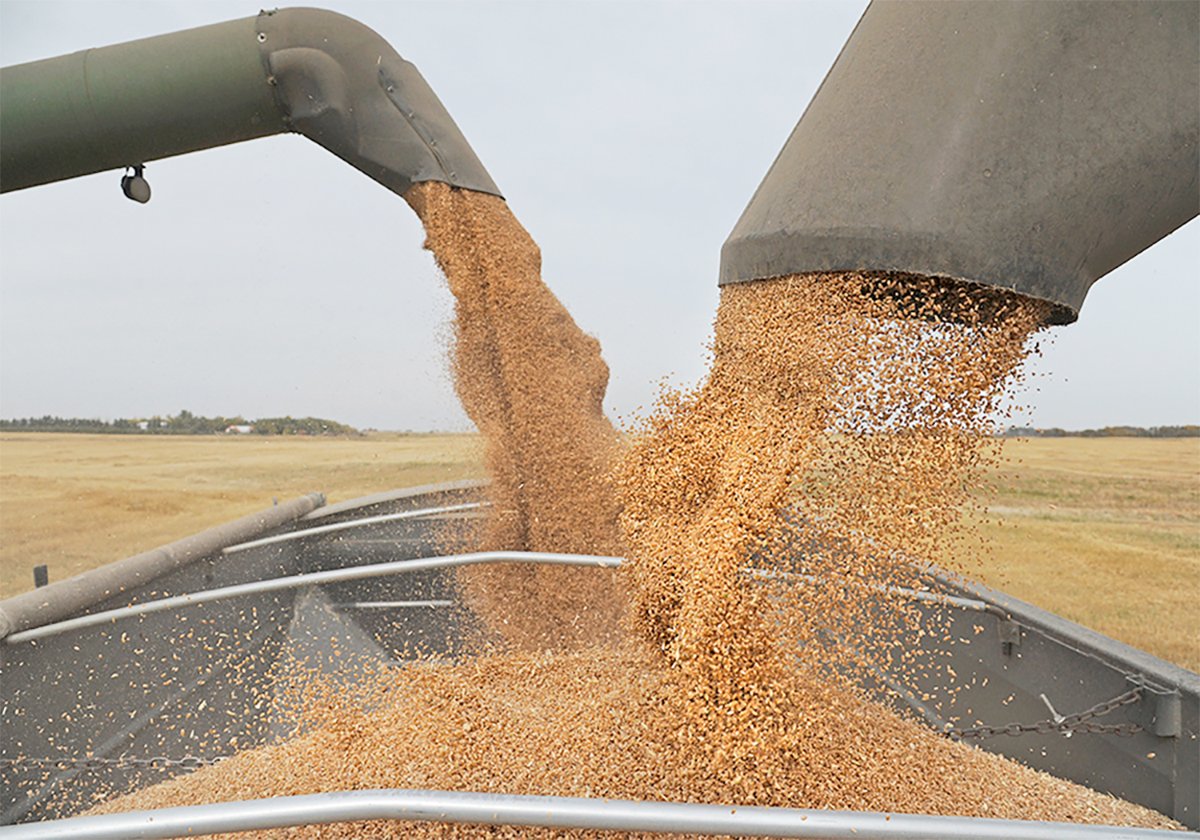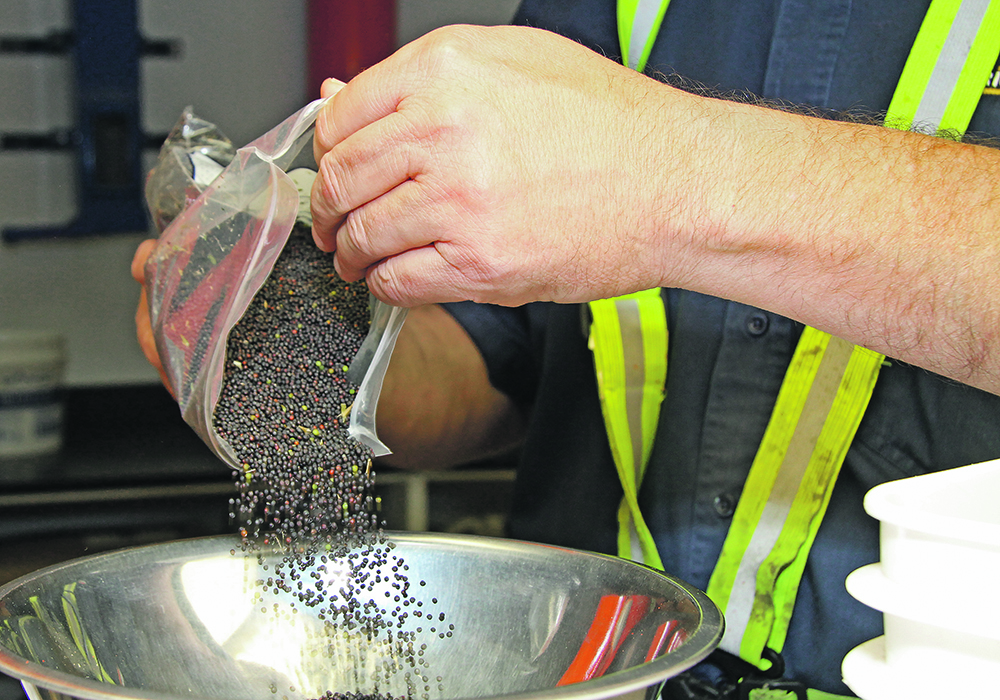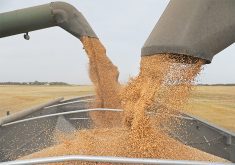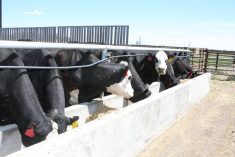Recently announced improvements to the Canada Grain Act’s subject to inspector’s grade and dockage (STIGAD) dispute resolution mechanism are a good thing.
New provisions extending time limits and access, even deliveries by third parties, and clarifying sample rules are to be welcomed but they’re no panacea. The same goes for any other modest improvements that may arise from the CGC’s recently completed public consultations on improving STIGAD.
So why so glum? Certainly not because STIGAD is unimportant. First appearing in 1899, access to government-mediated binding arbitration was a significant victory, but only one part of the legislative program demanded by producers, the core of which became today’s Canada Grain Act. These reforms included weights and measures inspections, elevator/terminal licensing, producer payment protection, independent grain standards and other safeguards we now take for granted. But just as in 1899, STIGAD, though essential, remains inadequate as a guarantee of equitable grading and dockage.
Read Also

Agriculture productivity can be increased with little or no cost
There’s a way to enhance agricultural productivity with little or no cost. It doesn’t even require a bunch of legislative changes.
Why? Because STIGAD is rarely used. How rarely? Very rarely: on average only 150-250 times per year. Prairie grain exports now average some 45 million tonnes annually. Simple arithmetic reveals that even delivered in 44 tonne super-B trucks, this tonnage yields an average inspection rate of only one in 4,000 to 6,000 primary elevator deliveries. Real world deliveries include tandem and single-trailer combinations, rendering this average even lower — hardly the stuff of rigorous regulatory oversight.
Farmer unhappiness with elevator grading is universal. So why is STIGAD almost never used? Some farmers don’t know their rights under the act. Others fear the hostility of their local elevator. Large producers may regard aggravation around grade and dockage as an acceptable trade-off for bulk discounts on inputs and other incentives. Many farmers have become cynical, viewing the grain commission as just another government agency, and feel there’s nothing to be done about adverse grading.
Clearly, STIGAD’s present form does little to discipline accurate grading and dockage.
What would a more rigorous regulatory regime look like? Elsewhere in agriculture, the Canadian Food Inspection Agency has a full-time vet on duty in all federally inspected slaughter plants. Consumer regulation is perhaps a better comparison but, like STIGAD, it’s complaint driven. The Canada Revenue Agency’s tax audit systems perhaps offer a better comparison.
For our money, though, the best comparators for improved grade/dockage regulation come from the private grain trade and the CGC itself. Grain company quality control is comprehensive — firms probe and test every single load before it’s allowed on the scales. Similarly, CGC outward inspection samples each loading increment continuously to maintain Canada’s Certificate Final standards. Surely if the industry can afford load-by-load scrutiny at the elevator and continuous sampling shipside, it can afford more thorough-going scrutiny of grade and dockage than one in every 5,000 truckloads.
How would this be done? From 1900 to 1958 “primary inspection” ensured every single rail car was inspected on its way to port. A modern version of this would, minimally — in addition to STIGAD — entail systematic country elevator spot checks by CGC regional staff.
Re-establishment of the assistant commissioner positions on an independent, non-patronage basis would similarly go a long way to assuring both better grading and independent oversight at delivery points.
Some may argue improved regulation is too costly or impractical. In fact, it would be the opposite, enhancing both accuracy and efficiency in a more accountable system. Anything else prioritizes trade and customer concerns over farmers in a quality system mandated to assure producers’ interests.
Bruce Dodds has been a membership organizer for various farm organizations, most notably the Agricultural Producers Association of Saskatchewan and the Hudson Bay Route Association, and Cameron Goff farms near Hanley, Sask.















